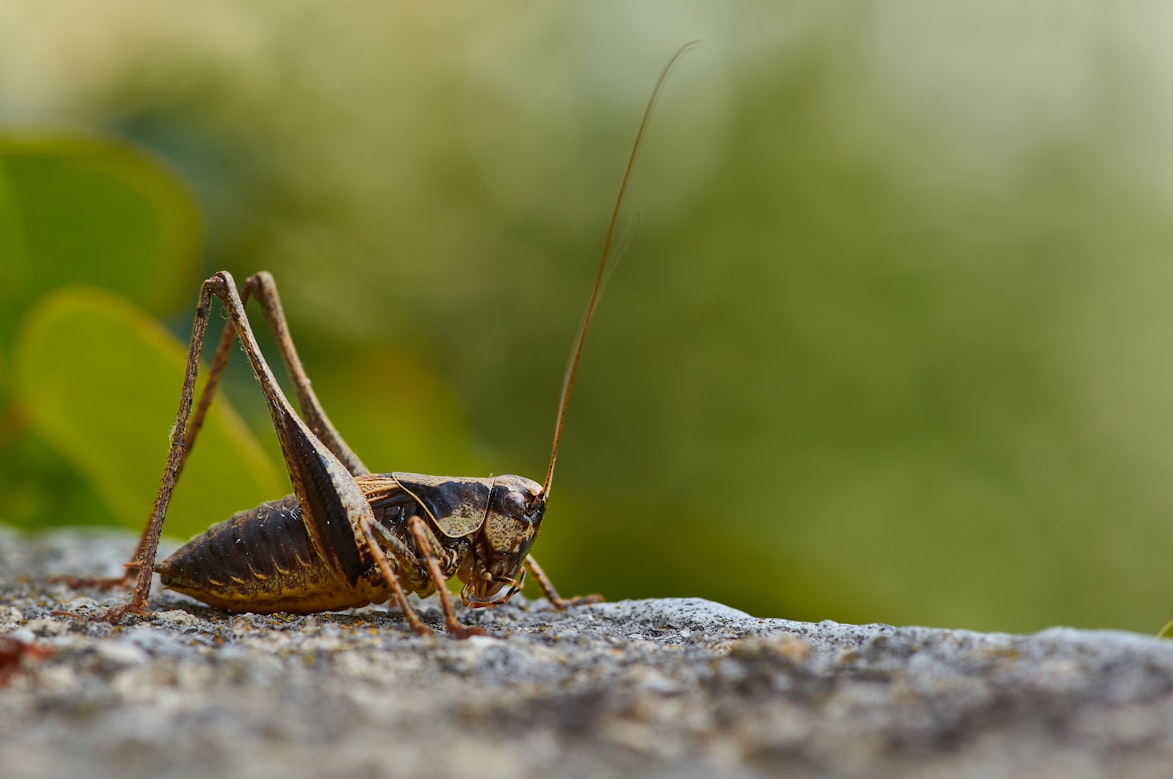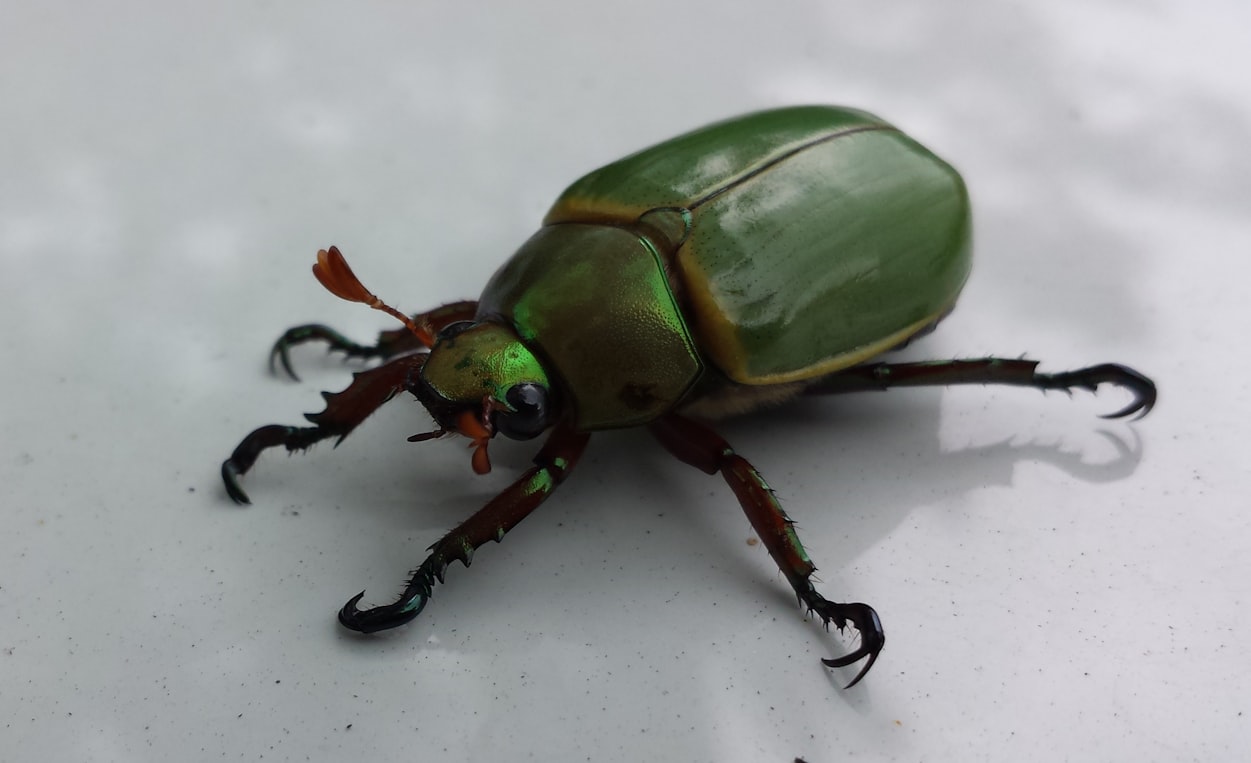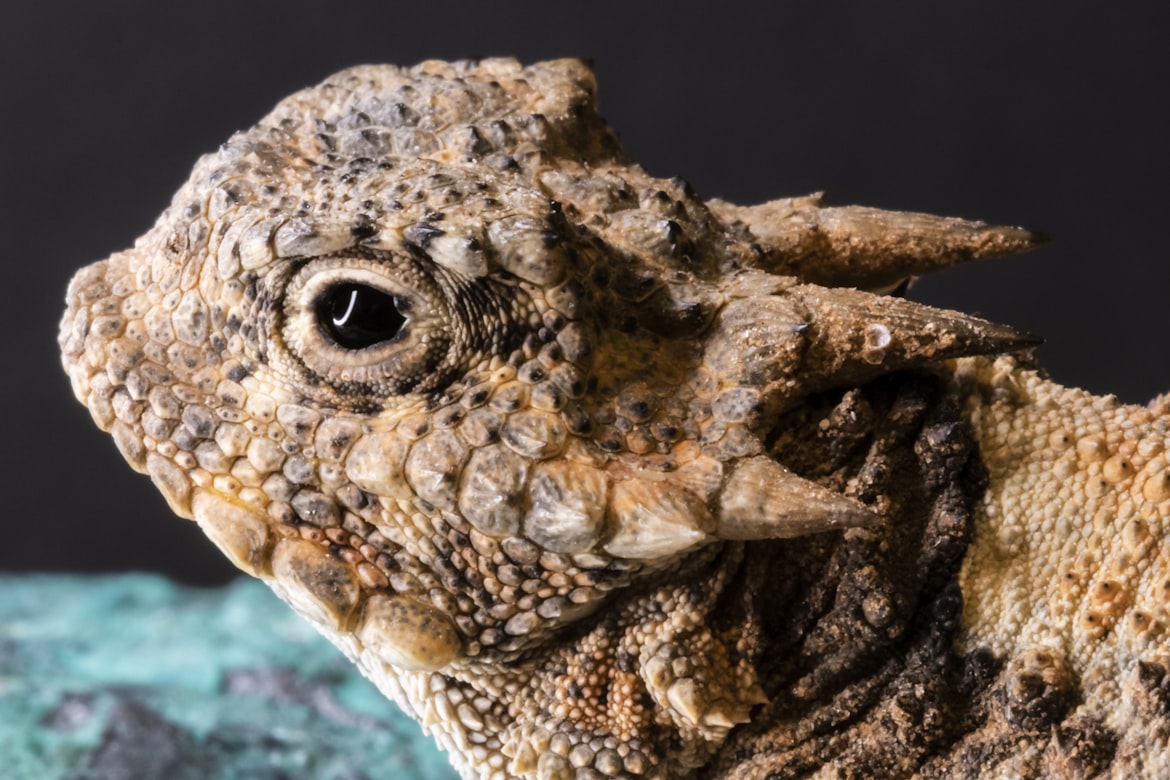As an Amazon Associate I earn from qualifying purchases.
What Do Baby Horned Toads Eat?
A horned toad, also known as a horny toad or a horned lizard, is a type of lizard that comes from the North American continent. These creatures, which are reptiles, are commonly referred to as Phrynosoma because their physical appearance resembles that of a toad. Texas horned lizards, often known as Phrynosoma cornutum, are the most frequent species of horned lizards.
The horned lizard is distinguished by a spiky nose, tiny and flattened round bodies, and camouflage abilities. The American Southwest is home to a variety of lizards, including the Texas horned lizard. The desert-dwelling Texas horned lizard may also be found in Kansas, Colorado, and Arizona.
Texas horned lizards are sometimes mistaken for Texas spiny lizards. Since they don’t thrive in captivity, Texas horned lizards have been declining in number lately as pets. In Oklahoma, Texas horned lizards are protected, and the toad is considered to be most active between April and September.
The most noticeable feature about horned lizards is their body form, which differs from that of other lizards in a number of ways. They don’t have the sleek tubular body form of most lizards. Instead, they have a wide flattened form that is well suited to concealment and their subterranean lifestyle. The spiny scales of the horned lizard are obvious, with a crown of horns on the back of their heads and various spines all over.
What Do Baby Horned Toads Eat?
The diet of the horned toad is comparable to that of other lizards, including tiny invertebrates. The diets of Phrynosoma species, on the other hand, are often quite specialized, with ants, in particular, playing a significant role. Live crickets are not the right food for your species. A diet consisting entirely of live crickets may be inexpensive, but it is not suitable. Make certain you have all of your requirements met and that you can provide a sufficient supply of the appropriate nutrients by researching them thoroughly.

The horned lizards prefer ants to other insects, although they will also consume a variety of invertebrates such as grasshoppers, beetles, and spiders to complement their diet. They usually hunt in open areas at a low speed, silently searching or sitting in wait for an oblivious ant or another meal item to appear. The lizard snaps up a passing prey animal with a flick of its tongue and devours it whole.

What Does A Baby Horned Toad Look Like?

The regal-horned toad is distinguished by its horns, parallel fringe-like scales on the side, anal scales (applies to male lizards), and swollen tails. Regal-horned lizards eat only harvester ants, however not dead ones. The horned lizard’s sticky tongue, not its jaws, is used to capture ants because it has little teeth. The venom of harvester ants has little impact on the insides of a horned lizard, despite the fact that they are poisonous. A horned lizard’s territory is harmed by a swarm of ants, yet they flee in the presence of one. A swarm of ants that attacks simultaneously may kill an adult horned lizard.
Predatory snakes face significant difficulties in attacking horned lizard bodies, which are made of a hard exterior. Horned lizards’ camouflage is that superb that they’re sometimes mistaken for rocks. The robust body, on the other hand, may occasionally limit mobility. A horned lizard might also feign death or present its thorny big portion to a predator like a snake by playing dead or presenting the tough body.
Another alternative is to flee, suddenly halt, and hiss at their attackers. They squirt blood out of their eyes and wag their tails violently as they run away. Another advantage of their bodies is that they allow them to readily absorb heat from the sun, especially in lower-temperature regions.
The horned lizard can adjust its position and move its body to get the most light. Digging into the dirt is simple for horned lizards who reside in a dry environment. The lizard uses the scales on its lower jaw to scratch and cut the dirt or earth, then shakes its body and nearly all of it above ground level with a simple buzz of its jaw.
What Are The Natural Predators of Baby Horned Toads?
Because of their voracious appetites, horned lizards are vulnerable to predators. Hawks, snakes, roadrunners, lizards, ground squirrels, coyotes, mice, dogs, and cats are all predators of horned lizards.
Horned lizards employ a variety of methods to avoid predators, some of which are quite creative. The ability to squirt a stream of blood from the corner of their eyes is the lizard’s most unusual strategy. This spray may be directed with moderate accuracy at the predator’s eyes and mouth, and it is perhaps the last resort.
How To Protect Baby Horned Toads Protect From Predators?

Camouflage
The horned frog is a tan, sandy color that closely resembles the soil and dirt where he dwells, which are hot, dry, and sandy areas of North and Central America. The horned frog is more difficult for predators to spot as a result of superb camouflage. Its back and head are typically sandy brown, while body markings are various hues of yellow, tan, brown, or red. A horned frog can quickly alter its color from light to dark or vice versa, allowing him to blend in further with the surrounding environment.
Stop and Start
The horned frog’s first response to danger is to freeze in his tracks and stay motionless. If the attacker approaches and he has to move, the horned frog will rapidly run a short distance, stop, then flee before stopping again, which confuses the predator’s eyesight. The hissing and tossing of the head toward the predator is yet another anti-predator defense mechanism intended to terrify and frighten. If the show of bravery fails, the horned frog has the ability to flatten his body against the ground and hide from view by eliminating his shadow.
Body Defense
If a predator attempts to seize the horned frog with his mouth, the horned frog will push that side of his body into the ground, preventing the frustrated predator from moving his lower jaw underneath and lifting or biting him.
The horned frog can be recognized by its large, protruding eyes, which are set wide apart on the head. To avoid being grabbed by the head or neck, he may stick his horns upright in a menacing posture or poke the predator until it leaves. To appear less appealing to a hungry predator, he fills his lungs with air and puffs up his spiky body into a towering balloon that is too big for many predators to consume.
Shooting Blood
The horned frog’s most unusual defensive mechanism is his ability to squirt blood from his eyes straight at predators. The blood comes out of tiny ducts in the corners of his eyes and may shoot up to three feet.
The horned frog’s strategy is to block the blood flow from leaving its head, which raises blood pressure and causes the sinus walls to shatter, allowing blood to discharge. The poisonous substance in the shooting blood attracts and confuses predators, while the bleeding itself is toxic to dogs, coyotes, and wolves. The meat of this particular species is poisonous to dogs, making them sick. Dogs are sensitive to the blood’s foul taste and become nauseated after eating it. The lizard can continue to fire blood at the predator until he is scared away.
Can Baby Horned Toads Be Kept As Pets?
The Horny Toad has been designated as a vulnerable species due to its decreasing number in the wild. As a result, they are no longer permitted as pets, but they can still be exhibited in zoos for study purposes. Apart from that, there are no other methods for you to acquire them.
Humans are largely responsible for the Horny Toad’s downward trend. The Fire Ant was introduced as an invasive species to the Texas deserts, and they have driven away from the native ant species, which may be their only source of food. Because Fire Ants are a nuisance to humans, they have been poisoned with pesticides in an attempt to wipe out ant colonies, regardless of the species of ants that may be present. Because of this, the Horned Lizard’s major food source has decreased, which is why these lizards’ wild population has fallen.
Since the fast decline of wild Horny Toads in their natural habitat, zoos have been attempting to boost these lizards’ populations by rearing them in captivity and then releasing them in the wild.
Another disadvantage of Horny Toads is that they are not good pets. They do not flourish in domestic settings, and no species of Horned Lizards have been domesticated. These reptiles are uncomfortable being handled and have poor relationships with people.
The greatest factor for their dislike of being pets is that they need a highly specialized diet. The majority of the Horny Toad’s nutrition comes from ants. These reptiles will not eat other types of insects, however, they may be supplemented with them to improve their ant-based food. However, other insect species are only used as supplements since they can not survive on them alone. They acquire the bulk of their calories from ants and need to be fed with ants in order to thrive in captivity.
The difficulty is that it’s nearly impossible to find ants as pet lizard food. As a result, former owners of Horny Toads go above and beyond to obtain ants for their lizards. Others choose insects such as crickets because they are more common. While they enjoyed studying about the animals, they soon learned that Horned Lizards are nearly impossible to keep. It’s either too difficult to obtain live ants or the reptile just refuses to eat anything other than crickets or other similar feeder insects when you offer them. It will become apparent to you that it is starving to death even though you do your best to deceive it into consuming feeder insects.
Amazon and the Amazon logo are trademarks of Amazon.com, Inc, or its affiliates.


